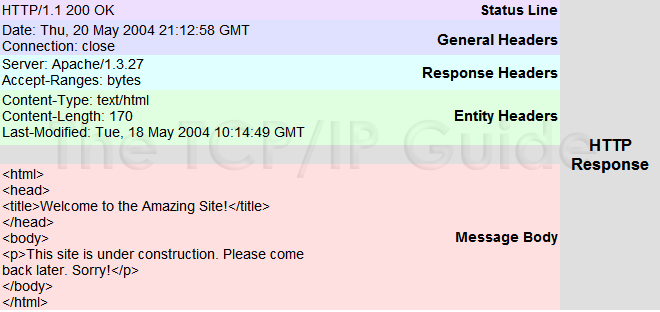 |
|
Please Whitelist This Site?
I know everyone hates ads. But please understand that I am providing premium content for free that takes hundreds of hours of time to research and write. I don't want to go to a pay-only model like some sites, but when more and more people block ads, I end up working for free. And I have a family to support, just like you. :)
If you like The TCP/IP Guide, please consider the download version. It's priced very economically and you can read all of it in a convenient format without ads.
If you want to use this site for free, I'd be grateful if you could add the site to the whitelist for Adblock. To do so, just open the Adblock menu and select "Disable on tcpipguide.com". Or go to the Tools menu and select "Adblock Plus Preferences...". Then click "Add Filter..." at the bottom, and add this string: "@@||tcpipguide.com^$document". Then just click OK.
Thanks for your understanding!
Sincerely, Charles Kozierok
Author and Publisher, The TCP/IP Guide
|
|
|

Custom Search
|
|
HTTP Response Message Format
(Page 1 of 3)
Up and down; east and west; black and white; yin and yang. Well, you get the idea. Each request message sent by an HTTP client to a server prompts the server to send back a response message. Actually, in certain cases the server may in fact send two responses, a preliminary response followed by the real one. Usually though, one request yields one response, which indicates the results of the server's processing of the request, and often also carries an entity (file or resource) in the message body.
Like requests, responses use their own specific message format that is based on the HTTP generic message format. The format, shown in Figure 318, is:
<status-line>
<general-headers>
<response-headers>
<entity-headers>
<empty-line>
[<message-body>]
[<message-trailers>]
|
|
| |||||||||||||||||||
Home - Table Of Contents - Contact Us
The TCP/IP Guide (http://www.TCPIPGuide.com)
Version 3.0 - Version Date: September 20, 2005
© Copyright 2001-2005 Charles M. Kozierok. All Rights Reserved.
Not responsible for any loss resulting from the use of this site.







